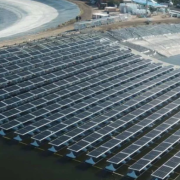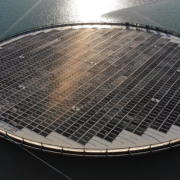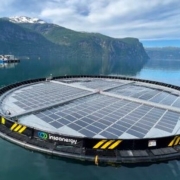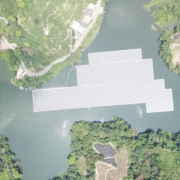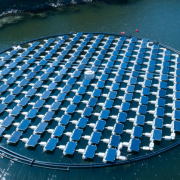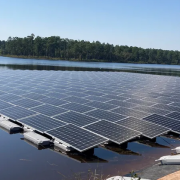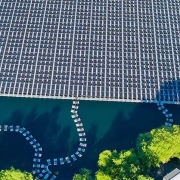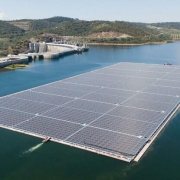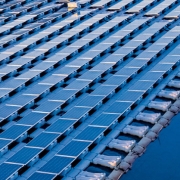Approved by the company and its shareholders, the acquisition is part of Miya’s growth strategy based on expanding its activities in the field of green energy and efficiency.
The transaction will allow Miya to build upon its experience in delivering more efficient water systems to develop projects in the renewables sector using a unique technology focused on maximizing efficiency in the operation of floating solar plants and to participate in future power generation projects
According to Miya, it sees the floating solar technology as an additional way to deliver better results to water utilities around the world ensuring all their assets including water reservoirs are utilized in the most efficient manner.
Click here to read the full article
Source: Offshore Energy
—
If you have any questions or thoughts about the topic, feel free to contact us here or leave a comment below.

